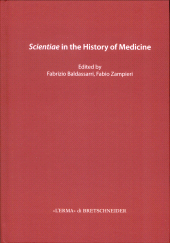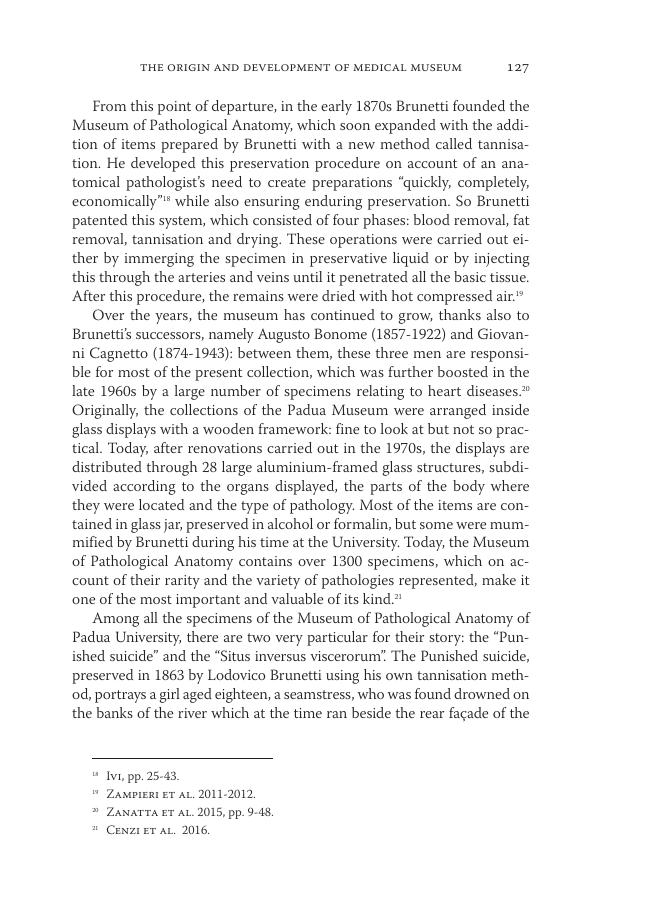The origin and development of medical museum heritage in Padua
P. 121-133
Although scientific museology developed in Padua from different sources and attention, medical museology has a precise path, and it is especially interesting in defining medicine as a disciple of knowing or scientiae. In this chapter, I analyse the history of medical museology in Padua, revealing how much the history of medicine plays a crucial role in the development of medicine as a science, and in highlighting the central role of Padua in the history of medical knowledge.Scientific museology started in Padua with the Museum of Natural Philosophy of Antonio Vallisneri (1661-1730). By the end of the Seventeenth century, he started to collect specimens and rare product of nature. The purpose of his museum was to instruct students and demonstrate what Vallisneri called “philosophical curiosity”, a different concept from the 16th century Cabinet of curiosities.In 1756, Giovanni Battista Morgagni (1682-1771) develoved the Padua medical museology.
He planned the creation of a museum of anatomical and pathological specimens. Regrettably, this project was never achieved.Luigi Calza (1736-1783) composed in the 1760s a series of anatomic models in wax and clay, used for Calza's practical teaching to the pupils. This collection composed the cabinets of obstetrics. These models represented the physiology and the pathology of the pregnancy, childbirth and breastfeeding.Reports claim of an “anatomical cabinet” developed in Padua from the early XIX century: Leopoldo Marcantonio Caldani (1725-1813), Francesco Luigi Fanzago (1764-1836) and Francesco Cortese (1802-1883) collected pathological specimens in different part of the university. The final passage from Cabinet collection to pathological Museum took place in the early 1870s, thanks to Lodovico Brunetti (1813-1899). [Publisher's text]
-
Chapitres du même volume (disponibles individuellement)
-
Informations
Code DOI : 10.48255/M.9788891320186.05
DISCIPLINES



